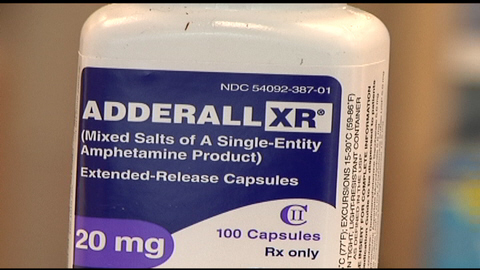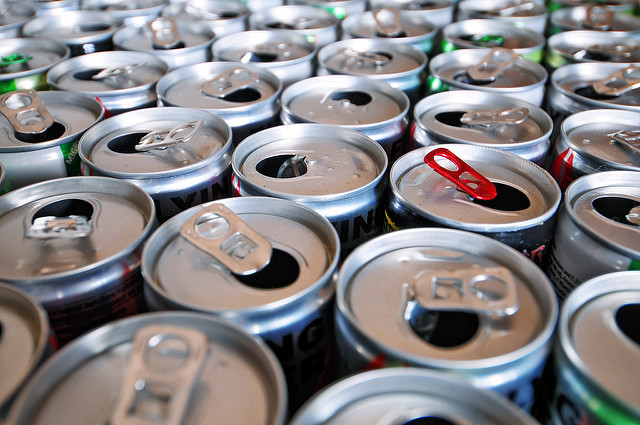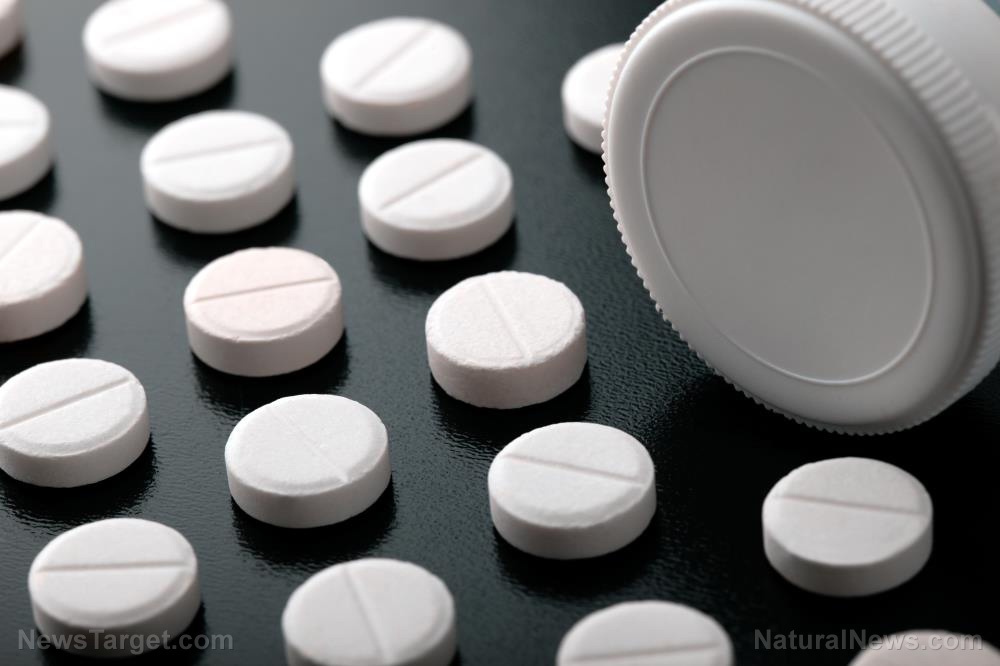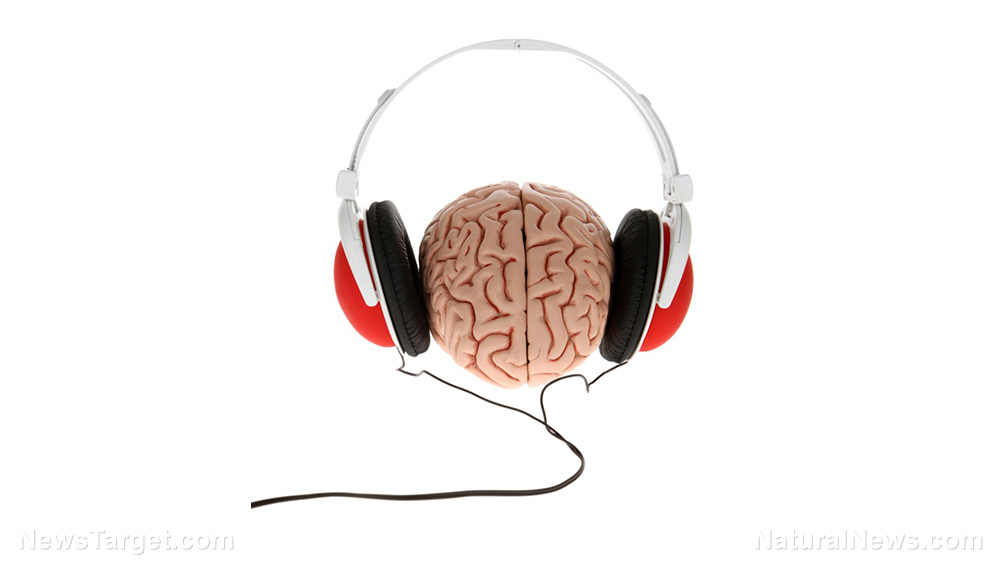
Essential oils are made using extracts from the flowers, roots, bark or seeds of various plants. When inhaled, the chemical compounds in the oils can bring about well-being at the emotional, physical, and mental levels. That’s because the micro droplets are carried upon inhalation into the brain’s limbic system, which processes emotion, reason, and smell, as well as the hormone-controlling hypothalamus.
American Board of Hospital Medicine Physician Dr. Terry S. Friedmann studied the way various essential oils could help children between the ages of 6 and 14 who had been diagnosed with ADHD but were not taking medication for it.
After assessing the children’s degrees of impulsivity using a standardized TOVA test, Dr. Friedmann divided them into groups that received cedarwood oil, lavender oil, vetiver oil, or no oil as controls. He kept track of his results with real-time EEG testing and gave the participants TOVA tests after the study to assess its effects.
He found a significant improvement – 32 percent – in those who took the vetiver essential oil, while the cedarwood group showed a similar effect. The vetiver groups’ improvement, when compared to the control group, was statistically significant. Lavender did not lead to any improvement.
Friedmann also said that some of the parents noted their children’s behavior at home had improved. Some also reported that their teachers said the children’s performance in the classroom improved, and this was reflected in their grades.
It’s not the first time scientists have illustrated how essential oils can improve attention. Japanese researchers have shown that vetiver essential oil can improve alertness, while another study found a link between a component of rosemary essential oil and cognitive performance.
What should parents of kids diagnosed with ADHD do?
If your child is diagnosed with ADHD, your first question shouldn’t be whether or not to medicate or try essential oils; what you should be asking is if there is legitimately a problem or not.
Experts have been very vocal about the fact that some students have been diagnosed with ADHD out of convenience, with teachers singling out hyperactive students for assessments and parents being pushed into putting their children on medication after short observations. Because these drugs make children complacent, it can be tempting for teachers and parents to use them to rein in spirited kids.
Many times, parents aren’t informed of the common side effects of ADHD medications, which include a loss of appetite, trouble sleeping, and depression, in addition to serious behavioral effects like mania, psychosis, drug abuse and addiction. These drugs can make compulsive thoughts and obsessive behavior worse and even cause them in those who don’t have them previously. Moreover, they are largely ineffective over the long term, with kids being put on higher and higher doses in an attempt to get results.
With 11 percent of American children between the ages of 4 and 17, or 6.4 million, being diagnosed with ADHD and 80 percent of those taking central nervous system stimulants, any news about safer alternatives is good news. However, it’s also important to keep in mind that lots of children who have been slapped with the ADHD label have noted dramatic improvements simply by getting more movement in their day in the form of recess and gym and eating a clean diet free of processed foods.
Sources for this article include:
Please contact us for more information.























